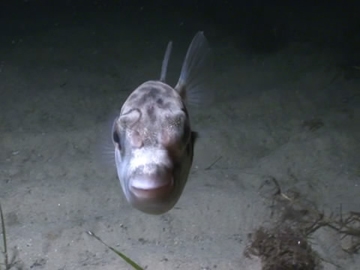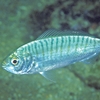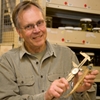General Description
Body robust, somewhat rounded, densely covered in small spines that extend onto tail base; dorsal and anal fins ending well short of tail base; lower edge of eyes level with top of pectoral-fin base. Body pale greyish, with large darker blotches on back, and several distinct greyish blotches behind eye and on side to tail base; underside and anal fin pale. To 22 cm.
Habitat
On sandy bottoms and in seagrass beds in bays, estuaries and along the coast, in depths of 1-50 m.
Soft substrates
Seagrass meadows
Distribution guide
New Zealand and south-eastern Australia.
Species Group
Depth
Shallow (1-30 m)
Deep ( > 30 m)
Water Column
Max Size
22 cm
Harmful
Poisonous toxins in body.
Commercial Species
No
Global Dispersal
Recorded in Australia
Conservation Status
- DSE Advisory List : Not listed
- EPBC Act 1999 : Not listed
- IUCN Red List : Not listed








